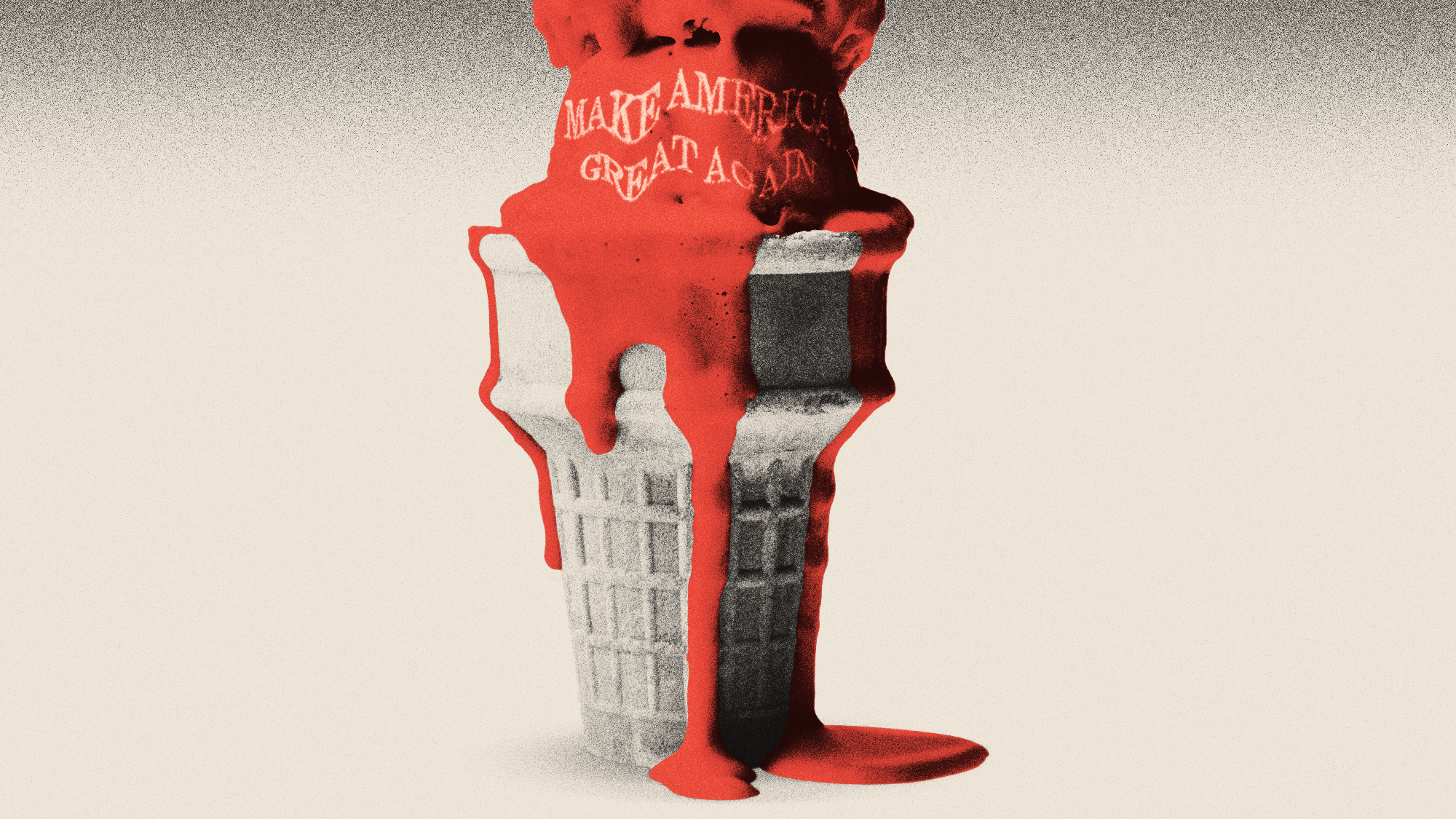How earthquakes create most of the world's gold deposits
A new study looks into the valuable mineral's Earth-rattling origins

It turns out it doesn't take a fairy-tale goblin to spin gold. All you need is a considerable dose of seismic activity.
How gold actually forms has always been something of a mystery. Some studies suggest the metal came from meteorites pelting the planet long ago. Others show that the element can be drawn from the excrement of toxin-gobbling bacteria.
But a new study conducted by Australian geologists may have cleared the field. According to a report published Sunday in Nature Geoscience, more than 80 percent of the world's gold deposits were formed due to ground-rattling earthquakes. "Geologists have long known that gold seams must form when mineral-rich water flows through networks of cracks in rocks 5 to 30 kilometers below the ground," says Jeff Hecht at New Scientist. "But exactly how the gold accumulates in these cracks was unclear."
The Week
Escape your echo chamber. Get the facts behind the news, plus analysis from multiple perspectives.

Sign up for The Week's Free Newsletters
From our morning news briefing to a weekly Good News Newsletter, get the best of The Week delivered directly to your inbox.
From our morning news briefing to a weekly Good News Newsletter, get the best of The Week delivered directly to your inbox.
In other words: How did all that mineral-rich fluid transform into the gleaming metal of choice for connoisseurs of fine jewelry everywhere? Hecht explains:
Using a simple model, geologists have shown that mountain-building earthquakes deep below Earth's surface pull apart rocks so quickly that the high-pressure fluids they contain instantly vaporize. This process leaves behind residues rich in minerals including gold. [New Scientist]
This process, termed "flash vaporization," occurs as far as 18 miles below the surface. A big earthquake can deposit "as much as 0.1 milligrams of gold along each square meter of a fault zone's surface in a faction of a second," says io9. Researchers estimate that "active faults can produce a 100-metric-ton deposit of gold in less than 100,000 years."
A free daily email with the biggest news stories of the day – and the best features from TheWeek.com
-
 Metaverse: Zuckerberg quits his virtual obsession
Metaverse: Zuckerberg quits his virtual obsessionFeature The tech mogul’s vision for virtual worlds inhabited by millions of users was clearly a flop
-
 Frank Gehry: the architect who made buildings flow like water
Frank Gehry: the architect who made buildings flow like waterFeature The revered building master died at the age of 96
-
 Is MAGA melting down?
Is MAGA melting down?Today's Big Question Candace Owens, Tucker Carlson, Laura Loomer and more are feuding